What Are Pinch Points and Barriers?
And why do i give a crap?
So imagine you're driving down the highway, relaxed, cruise control on, listening to some Johnny Cash on the radio, and life is good. Then it happens. You see the flickering of brake lights in the distance. You look at the clock, it's 5 pm. Rush hour traffic. Great. Even worse than traffic, now your radio gets staticky and the only station you can pick up is playing Justin Bieber.
Now this scenario may sound like a nightmare to many of you (it definitely does to me), but there is a valuable lesson that can be learned from this. Of course, this lesson can be applied to fishing.
What the heck are you talking about?
Fishing downstream of an island
Rivers are a lot like highways, and certain times of the year these highways have more (fish) traffic. If you know this, you can then use it to your advantage to catch nearly anything that swims, ranging from crappies to walleyes to catfish.
So a great way to visualize how this works is to look at a reservoir, which is essentially nothing more than a giant pool on a river. At the upper end of the reservoir is a river that flows into it and keeps it full. Think of the reservoir as an eight lane highway. When there are a lot of cars (fish) moving towards the upper end of the reservoir, they are still pretty spread out. When those cars transition from eight lanes (the reservoir) to two lanes (the river), you have a fish traffic jam. This causes many fish to be forced into a small area and makes for an excellent location to put a bait or lure.
Where a reservoir transitions to a river is not the only place that you could classify as a pinch point. Anytime there is a wide section of river that pinches down to a narrower section would be classified as a pinch point and concentrate moving fish. Islands that protrude in the middle of a river and create two narrow sections on each side are also pinch points. All of these spots concentrate fish and are worth checking out certain times of the year.
Pinch points aren't the only good spots
A natural barrier at the top side of an island.
Another situation that is similar to a pinch point and also concentrates fish is a barrier. This goes from slowing the fish migration down to stopping it completely. Imagine if someone put a ginat concrete wall in the middle of the interstate. Eventually you would figure out a different route, but you would still be stuck there for a while. Fish handle barriers much like this.
Barriers come in many varieties, but the first one most people think of is a dam. Now dams can produce great fishing for all kinds of species, but are often heavily fished. If you get there before the crowd and time it right, the fishing can be spectacular. Get there too early or too late and results can be less than stellar.
If you don't want to bank on timing the dam bite, or you would rather avoid the crowds, try a different approach. Remember when I said islands create pinch points? Well good. They often do one better and create barriers, especially in small streams. If one side of the island is particularly narrow, high water will often deposit so much timber there it completely seals it off. If you have ever encountered this in a boat, you may find it extremely annoying. I'm sure fish feel the same way. Fish that encounter this may find a way through it, but in the meantime more and more fish keep moving in, creating excellent angling opportunities for anyone willing to get out and find a place like this.
I did everything you said and still didn't catch crap. What gives man?!
High water gets fish moving.
Well, these locations do produce fish, and some may even produce fish year round. However, sometimes are better than others. For this strategy to be the most effective, fish have to be moving.
What makes them move? You're just full of great questions today. There is a general movement of fish heading upriver in the spring. The exact time depends on the fish we're talking about. Northern pike may begin migrating upstream before the ice on the river is gone. Catfish may still be pushing upriver all the way into 4th of July weekend. Either way you look at it, spring generally means fish head up river. In the fall, fish generally move downstream looking for deeper water to spend the winter.
High water can also get fish moving. Early in the spring and throughout summer, high water may push fish upriver. As summer slips into fall, high flows can act like the fish version of a jet pack, sending them downstream in a hurry to find the place they will spend the winter.
There are exceptions to everything in the fish world and every river is unique, but overall this is generally the case. You can spread this concept nearly across the board. Each species of fish does a few things differently, and the timing of migration varies, but fish are fish. They all need the same basic things to survive: food, water, shelter, and the ability to procreate. Knowing what they do and when they do it during different times of year and water conditions will help you catch more and bigger fish of all species.









